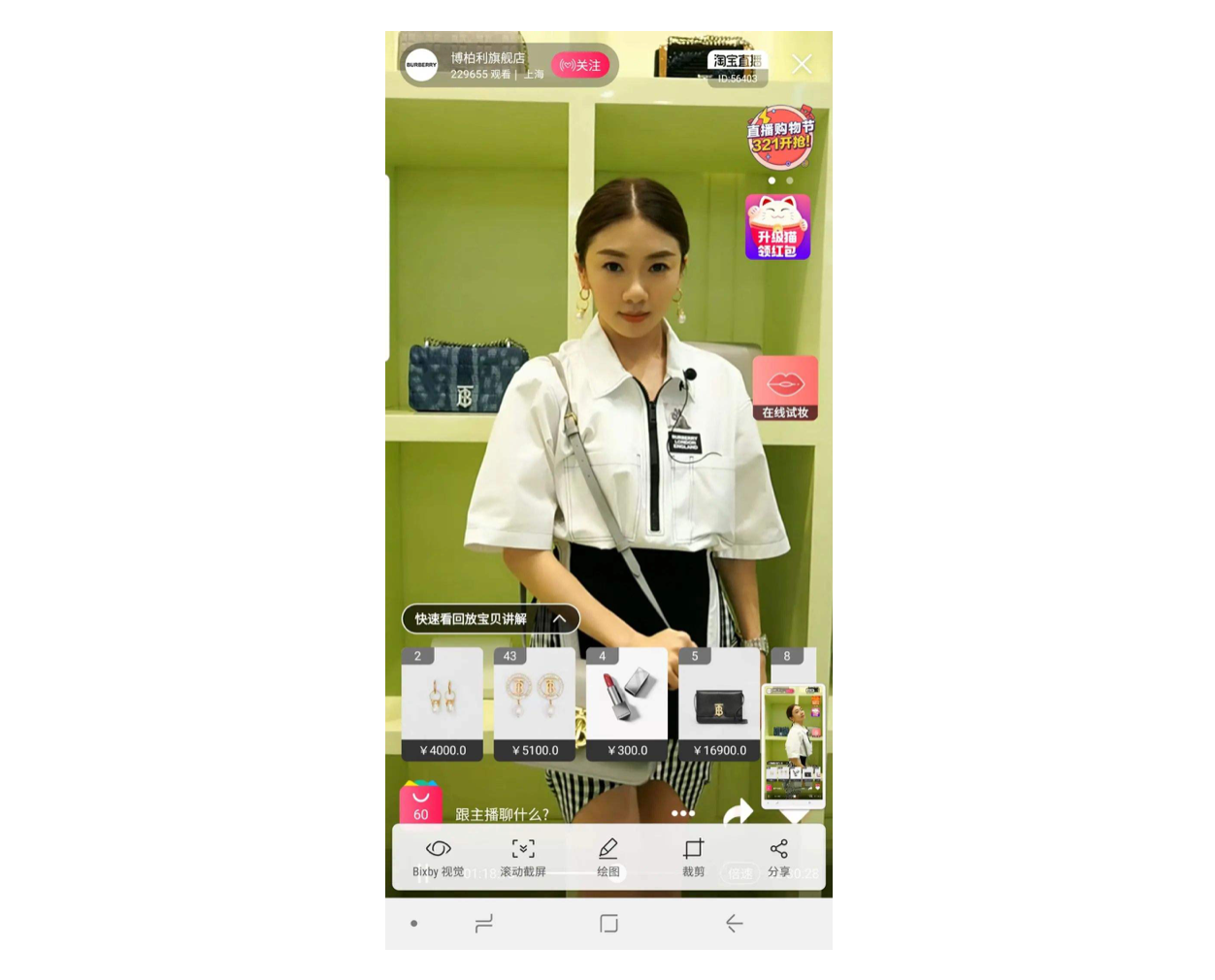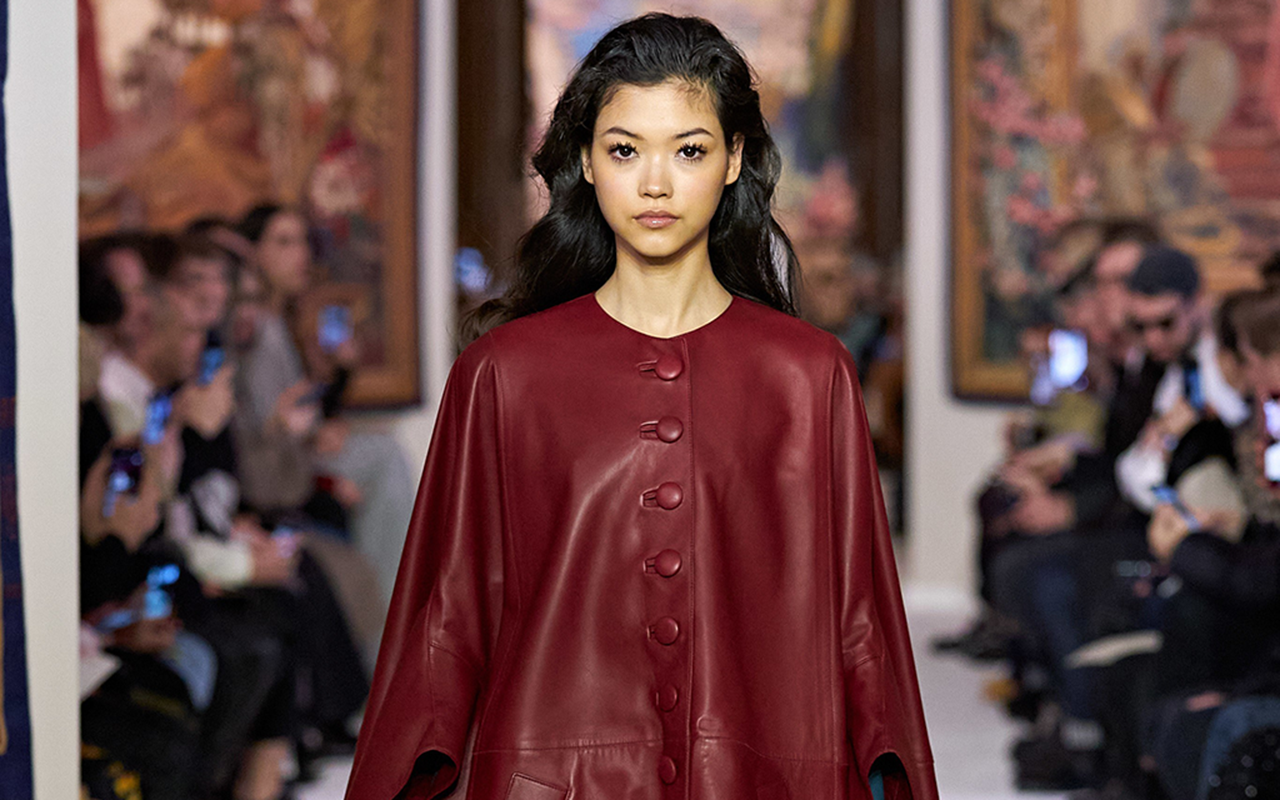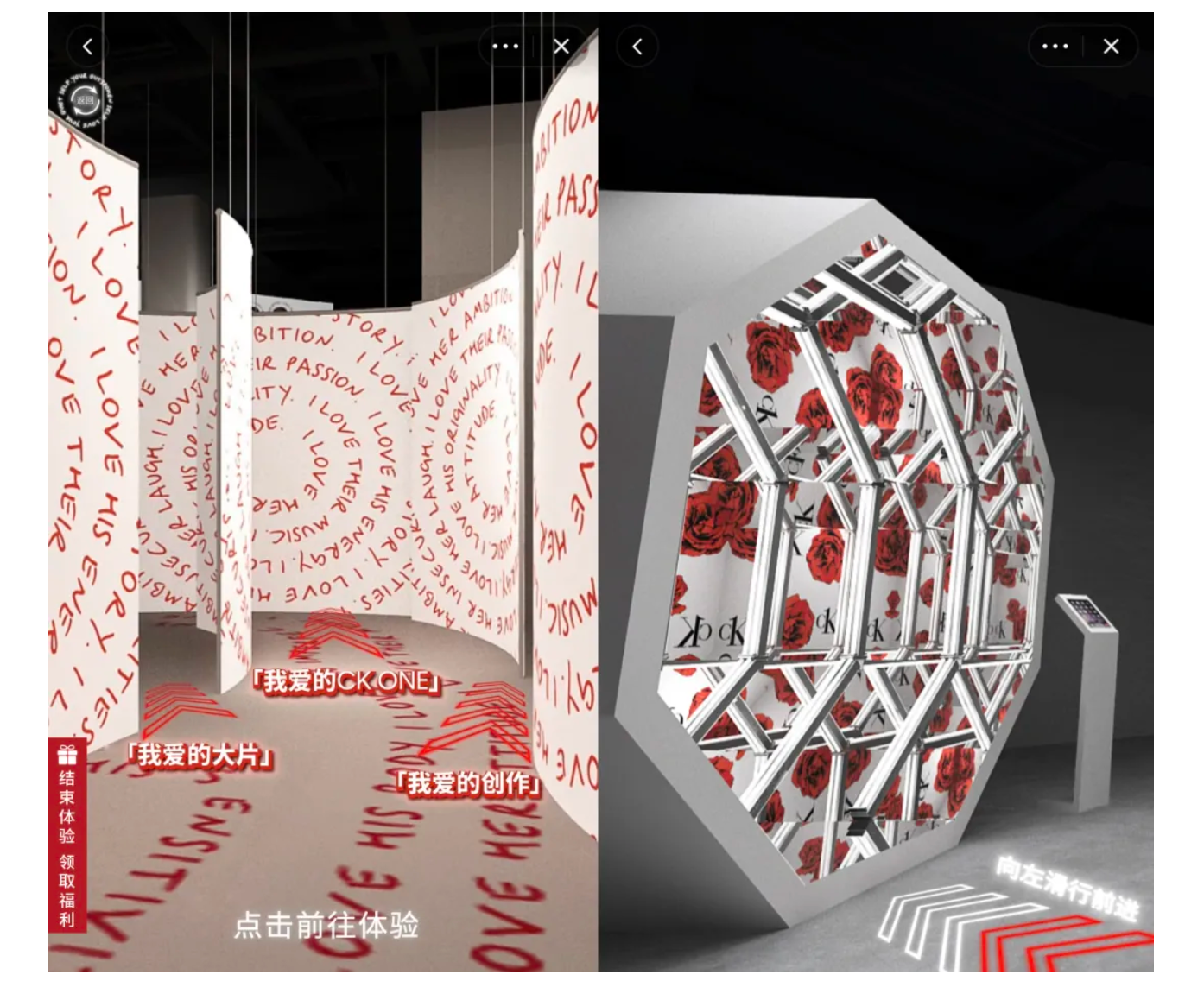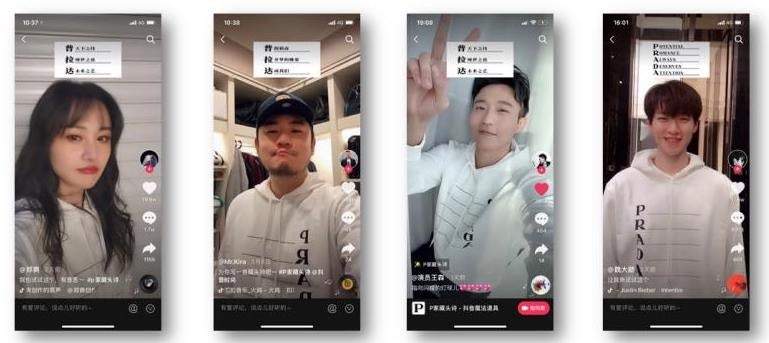As COVID-19 spreads around the world at unprecedented speeds, major luxury players have to react quickly to supply chain disruptions, production halts, and store closings on a massive scale. Some have already made short-term changes to prepare for the worst, and since most brands will finish the first half of their financial year by the end of April, many are wondering if a deepening crisis will impact the marketing budget for the year’s second half.
Brands are looking to the market in China for answers. While it was the first country to be heavily hit by the virus, it was also the first to slowly recover. Therefore, global brands are shifting their focus back to China to help offset losses elsewhere. A report from the advertising agency Dentsu Aegis Network predicted ad spending in China would grow at a rate of 3.9 percent. So where is advertising headed in China? And what can luxury brands based in the West learn from China’s experiences?
We spoke with the head of ten different China teams of major luxury houses, highlighting six of them: Louis Vuitton, Prada, Burberry, Icicle, Lanvin, and Calvin Klein. As you’ll see, they’ve all quickly adopted new technologies and are pushing the envelope of how a brand can digitally market luxury.
Sales Associate-driven WeChat pop-ups#
The quarantine forced brands to actively jump on e-commerce channels, namely WeChat pop-up shops. In this scenario, sales associates became super-KOLs for brands, enabling them to swiftly communicate with their clients. Brands can also track sales records down to each associate.

Digital luxury innovator Louis Vuitton told us that because of their fully-functioning omnichannel platform — built before the virus began — clients in China can order and receive products promptly, and they encourage their sales associates to forward a QR code that clients can use on WeChat. Louis Vuitton even took another step forward by conducting the very first show re-see via WeChat, as actor Liu Haoran shared his show experience, and actress Dilireba shared her favorite items, which then became bestsellers. This has naturally recruited new clients for the brand since WeChat users can get an exclusive view of spring and summer products available to purchase. And finally, getting the customer’s information (WeChat account and phone numbers) is essential for brands that want to keep in touch and build long-term relationships.
E-commerce laggard Prada also built a similar system that incentivizes sales associates to communicate with their clients, and it has resulted in a bigger commercial impact than WeChat ads, according to the brand. Hermès, which is notoriously known for not selling digitally, also opened up limited sales from their Spring/Summer collection 2020, as well as accessories like sneakers and jewelry to its shop on WeChat.
Product-driven livestreaming#
While most brands are still learning to use livestreams to showcase their Autumn/Winter 2020 runway shows, many digital pioneers have carved out their own livestream focuses by primarily using the technology to reach a wide variety of consumers with products or in-store experiences.

British luxury brand Burberry invited KOL Yvonne Ching to visit its Jing’an store in Shanghai and livestream her experience on Tmall. The session garnered over 1.4 million views, and within the hour, most of its featured products sold out. “We have seen a clear shift in customer behaviors in China over the past couple of months, and we are delighted that we could connect with so many customers during the Burberry livestreaming on Tmall,” said Josie Zhang, President of Burberry China, in her introduction. “Customers are craving newness, and the livestreaming is a safe and exciting way for us to deliver exactly that, especially at a time where some customers are not able to join us in stores.”
Forced by the virus situation to offset losses, Shanghai-based homegrown luxury brand Icicle also became an early adopter of livestreaming for sales. The brand launched livestreams across many platforms, from official brand channels on TikTok to sales associates at specific stores. The brand told us that they’re still exploring how to elevate brand image through livestreaming (with styling or storytelling content, for instance), but so far their efforts have paid off, as the official brand livestream sessions have garnered about $70,517 (500,000 RBM) on average, becoming a stable revenue stream for them during the virus retail apocalypse.
MCM is actively participating in livestream sessions at the mall level and are training their sales associates to be livestreamers, too. They’ve also invested more heavily in promotions via Tmall, and have seen a 600-percent increase in sales compared to last year.
Boundary-pushing VR#
Brands also pushed the boundaries of virtual experiences by delivering an immersive, branded world to quarantined consumers. VR technology still needs to prove it can offer a commercial impact, but it’s certainly a trend that’s going to happen and an area that many continue to invest in.

During Paris Fashion Week, Lanvin worked with the video platforms Douyin, Yizhibo, iQiyi, and the luxury e-tailer Secoo to create a cloud fashion show. The collaboration experimented with VR, which let the audience experience a rare front-row view. Meanwhile, the brand also invited fashion bloggers to livestream about all the behind-the-scenes action from the show, causing the hashtag #lanvin云秀场 (#lanvinCloudBasedRunway) to collect over 5 million views, and the iQiyi show to garner 585,723 views. But what is more impressive is how the brand built a VR flagship that allowed customers to shop virtually at the BFC flagship store in Shanghai by instantly connecting with sales associates on WeChat.

Calvin Klein’s motto at the time seemed appropriate, stating, “We are not asking you to go out, but we’re not asking you to be bored!” Similarly, the brand shifted its campaign focus away from sales and more towards entertainment. On March 17th, Klein partnered with Tmall’s loyalty club to open a five-day “cloud” pop-up store hosted by Chinese rapper Xiao Gui. Viewers were able to journey through a maze, browse assorted product lines, and enjoy fun promotions.
Interactive Social Ads#
In times like these, fighting the virus calls for community and unity, and while timely donations are an important part of what brands can do, they can also demonstrate strong values via social media tools.

Prada dominated the social conversations in this way by asking key KOLs to join their latest campaign #pradaacronyms. Netizens were invited to decode each letter of “Prada” as a way to individually express their mood and interpret the brand, and celebrities like Zheng Shuang and Caixukun joined the movement in China. To create an interactive social experience, users can download WeChat and Douyin filters to make their own #pradaacronyms. The campaign on Douyin stickers received 14,028 submissions and over 8 million video views, involving 20 celebrities, 19 KOLs, 13 media accounts, and 7 writers. Meanwhile, it generated millions of impressions on Weibo and became a case study for successful UGC (user-generated content).
All brands are being tested and examined on their responses during this disaster, and, particularly in the luxury industry, the traditional playbook of upholding certain brand values has been disrupted. Marketers and decision-makers need to think in new ways to win over consumers. Whether they are relying on sales associates, livestreams, VR, or new social media tools, brands are offering more human interaction during this trying time. Because of this, creative and innovative ways to connect with consumers will continue to be highly valued.
